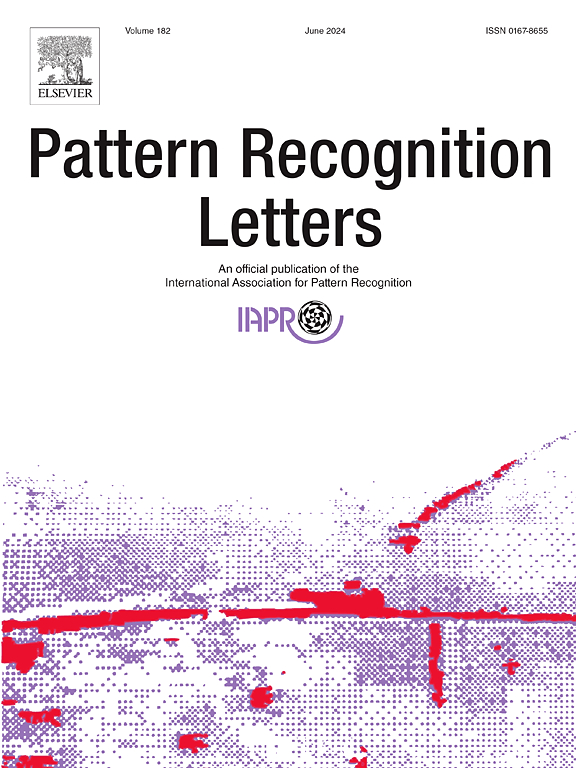A histogram-based approach to calculate graph similarity using graph neural networks
IF 3.9
3区 计算机科学
Q2 COMPUTER SCIENCE, ARTIFICIAL INTELLIGENCE
引用次数: 0
Abstract
Deep learning has revolutionized the field of pattern recognition and machine learning by exhibiting exceptional efficiency in recognizing patterns. The success of deep learning can be seen in a wide range of applications including speech recognition, natural language processing, video processing, and image classification. Moreover, it has also been successful in recognizing structural patterns, such as graphs. Graph Neural Networks (GNNs) are models that employ message passing between nodes in a graph to capture its dependencies. These networks memorize a state that approximates graph information with greater depth compared to traditional neural networks. Although training a GNN can be challenging, recent advances in GNN variants, including Graph Convolutional Neural Networks, Gated Graph Neural Networks, and Graph Attention Networks, have shown promising results in solving various problems. In this work, we present a GNN-based approach for computing graph similarity and demonstrate its application to a classification problem. Our proposed method converts the similarity of two graphs into a score, and experiments on state-of-the-art datasets show that the proposed technique is effective and efficient. Results are summarized using a confusion matrix and mean square error metric, demonstrating the accuracy of our proposed technique.
利用图神经网络计算图相似性的直方图方法
深度学习在模式识别和机器学习领域掀起了一场革命,在识别模式方面表现出了非凡的效率。深度学习的成功体现在语音识别、自然语言处理、视频处理和图像分类等广泛应用中。此外,深度学习在识别图等结构模式方面也取得了成功。图神经网络(GNN)是一种利用图中节点之间的信息传递来捕捉其依赖关系的模型。与传统的神经网络相比,这些网络记忆的状态可以更深入地近似图信息。尽管训练 GNN 可能具有挑战性,但最近在 GNN 变体(包括图卷积神经网络、门控图神经网络和图注意力网络)方面取得的进展已经在解决各种问题方面显示出良好的效果。在这项工作中,我们提出了一种基于图神经网络的计算图相似性的方法,并演示了它在分类问题中的应用。我们提出的方法将两个图的相似性转换为分数,在最先进的数据集上进行的实验表明,我们提出的技术是有效和高效的。实验结果使用混淆矩阵和均方误差度量进行总结,证明了我们提出的技术的准确性。
本文章由计算机程序翻译,如有差异,请以英文原文为准。
求助全文
约1分钟内获得全文
求助全文
来源期刊

Pattern Recognition Letters
工程技术-计算机:人工智能
CiteScore
12.40
自引率
5.90%
发文量
287
审稿时长
9.1 months
期刊介绍:
Pattern Recognition Letters aims at rapid publication of concise articles of a broad interest in pattern recognition.
Subject areas include all the current fields of interest represented by the Technical Committees of the International Association of Pattern Recognition, and other developing themes involving learning and recognition.
 求助内容:
求助内容: 应助结果提醒方式:
应助结果提醒方式:


